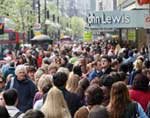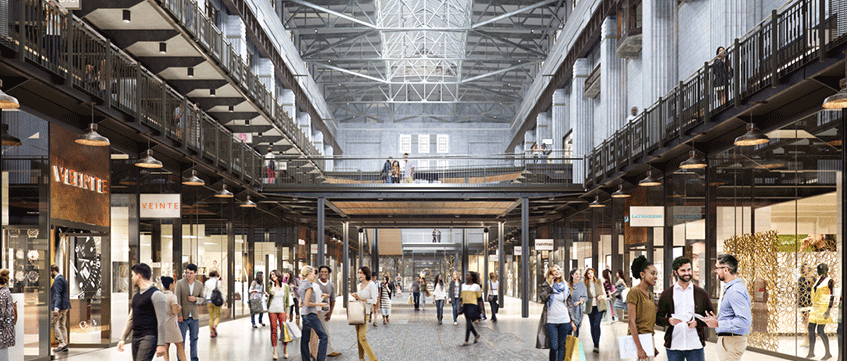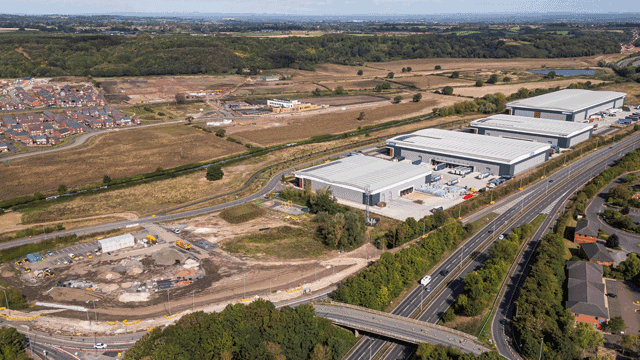 According to Boris Johnson, looming in front of us is the key milestone of Tuesday 6 January 2015. For the first time since the autumn of 1939, London will have a population of more than 8.6m people and be on its way to the forecast 11.3m by 2050 (a 37% increase).
According to Boris Johnson, looming in front of us is the key milestone of Tuesday 6 January 2015. For the first time since the autumn of 1939, London will have a population of more than 8.6m people and be on its way to the forecast 11.3m by 2050 (a 37% increase).
That increase needs to be matched by the required infrastructure upgrades set out in the mayor’s new London Infrastructure Plan – costed at some £1,324bn by 2050. The necessary upgrades include a 70% capacity increase in public transport, a 20% increase in energy supply, 1.5m more homes and more than 600 new schools.
We have also seen the GLA forecasts for London’s growth in business and retail floorspace. Some 23.7m sq ft of new shopping floorspace will be needed by 2036, even allowing for internet sales to grow to some 21-28% of all retail expenditure – a rather pessimistic assumption.
If all the schemes in the pipeline are built, we will still need 17.1m sq ft of new retail. If, however, London’s major schemes are built out – including the Brent Cross extension, Earls Court, Battersea Power Station, Southall Gas Works and Oriental City – then London will then need 17.5m sq ft of new retail because of the additional demand pulled in. Incidentally, the proposed Croydon Whitgift shopping centre redevelopment is only a net addition to the retail stock of 91,300 sq ft.
It is worth noting that – between 2008 and 2013 – London’s town centres experienced a net loss of floorspace (731,000 sq ft). Central London (CAZ zone) saw a net gain of 2.8m sq ft; the large “metropolitan centres” had a net gain of 0.7m sq ft, leaving the major district and unclassified local high streets with a loss of 2.2m sq ft, as London increasingly recentralised. Naturally, Westfield’s major shopping schemes at Shepherd’s Bush and Stratford come to mind as the only significant extension to London’s retail for quite some time, but it is easy to overlook the incremental growth of Canary Wharf into a major centre and the quiet appearance of 0.5m sq ft at King’s Cross.
The obvious conclusion seems to be that growth in London’s high streets has come where it was not planned; what was planned never happened; and, largely, the planned supply never came close to the need that had been forecast. Where, one asks, is the future growth – more in central London or a better distribution, with growth encouraged in outer London?
Justin Taylor is head of retail EMEA, Cushman & Wakefield











